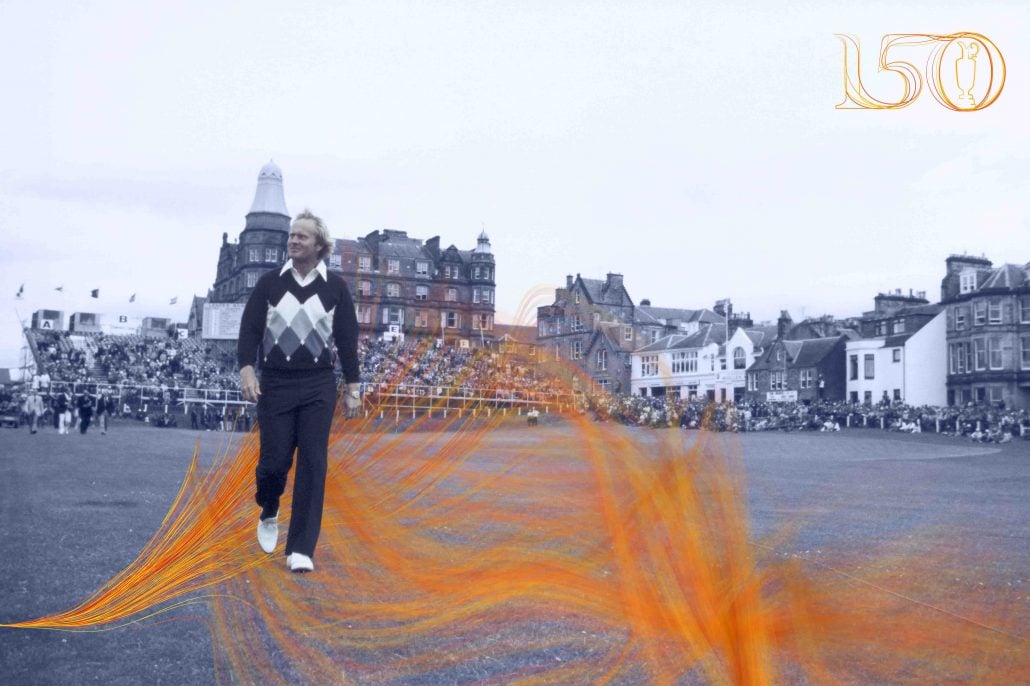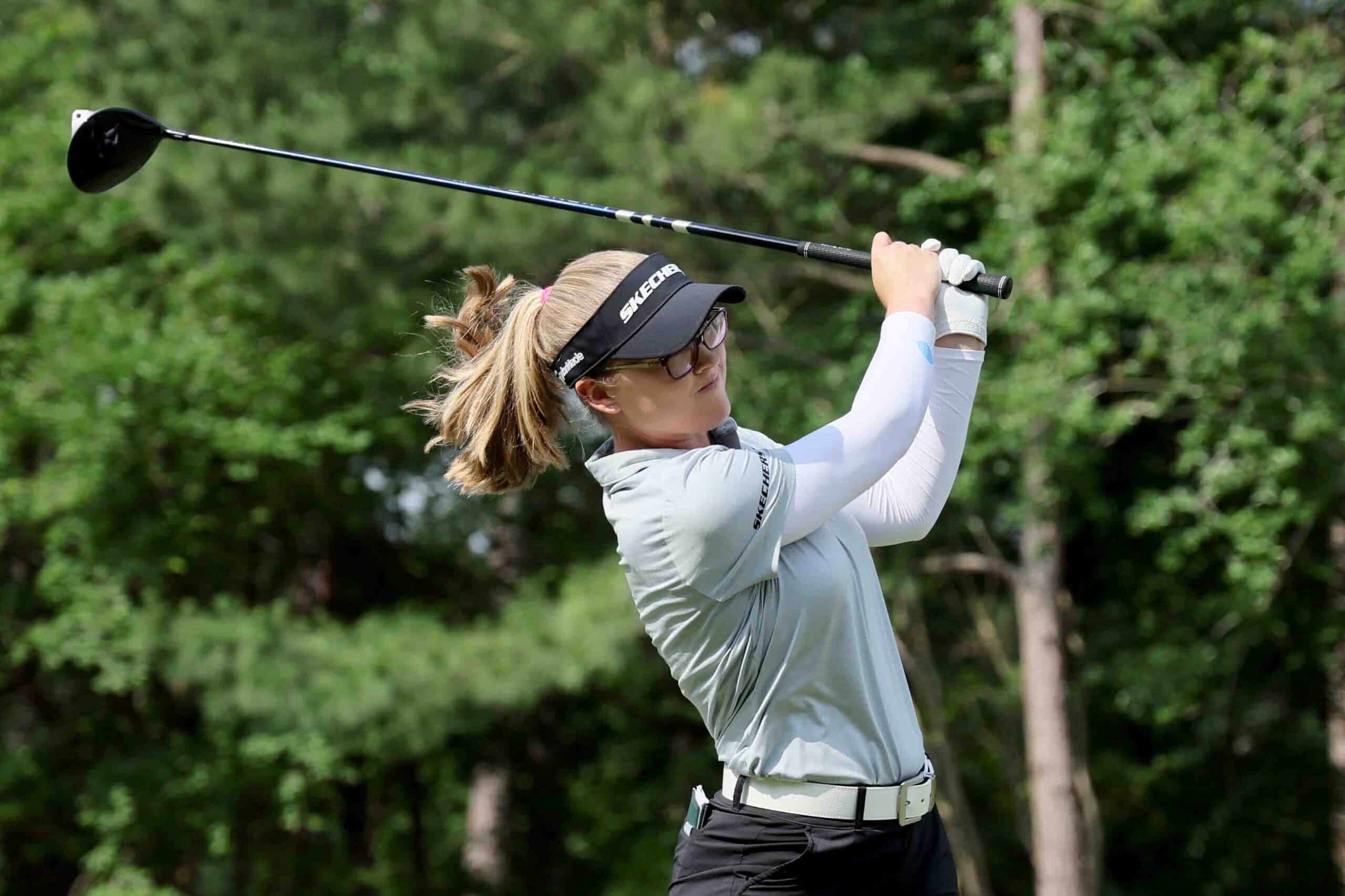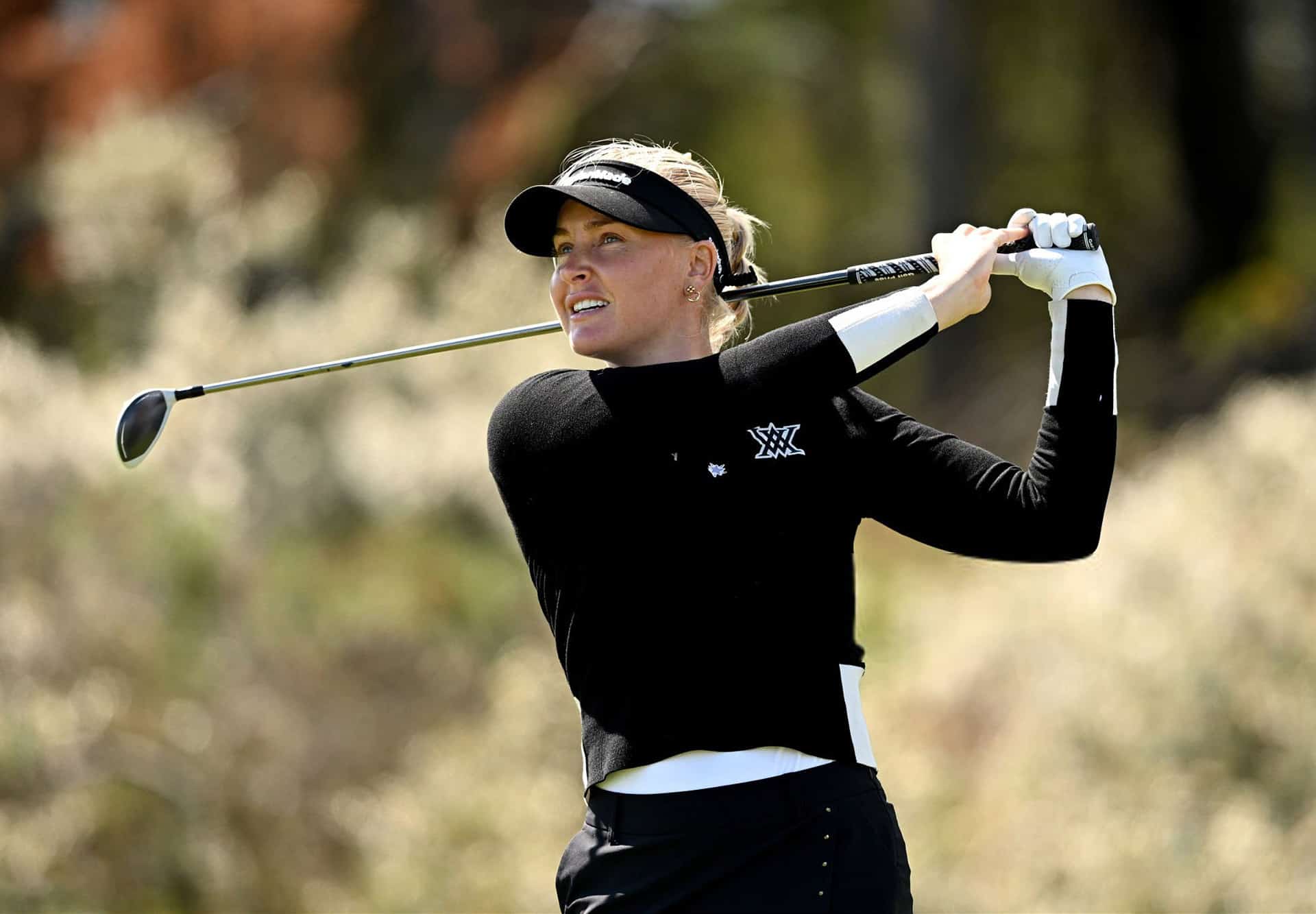
They have an interesting way of testing green speeds at The Open
We’re obsessed with green speeds. We want to know how quick they’re running at our clubs and, if you ask many golfers, they’ll say the speedier the better.
But how fast are the greens at The Open? You might think Jordan Spieth and co are putting out on something ranging between glass and ice at Royal St George’s.
The reality is somewhat different. In their Pace of Play manual issued several years ago, the R&A revealed they set a maximum green speed target of 10.5 feet at golf’s oldest major.
With links courses susceptible to getting a bit breezy on occasion, that speed can also be significantly reduced when strong winds are forecast.
So how do they know how quick the greens are running? And what can the governing body’s agronomists and the home greenkeeping team do if things aren’t going to plan?
If you’re up and on site early enough you might see figures in the semi-darkness scurrying around greens carrying what look like a lot of plastic boxes.
At the start of the week they place a black dot on the putting surface, which provides the reference point for a speed test. The dot ensures they can measure from the same spot and the same direction each morning.
The ‘boxes’ are then blocked together and act as a wind tunnel that stops any breeze tampering with the outcome when a ball is fed down a stimpmeter.
Stimpmeters have been around for decades, first designed in 1935 by golfer Edward S Stimpson. It’s essentially a metal bar that sets a ball running when lifted to an angle where gravity takes effect.
How far the ball moves across the green determines how quick it is running in feet and inches.
So when we say greens are running at nine feet, it’s because that’s how far the ball rolled out when it left the stimpmeter. A number of balls will be fed down to ensure a consistent reading and the process is carried out from both sides to cater for any gradient that might be in the putting surface.
At the Open on Friday and Saturday, they were running at 10 feet and two inches. The agronomists want to replicate that as consistently as possible across 18 holes. They try to achieve a tolerance of anywhere between nought and six inches as an ideal range.
The team measure every green, as well as the practice putting surface, and produce an average.
If the readings on a particular green come out slightly slower than the target after a first stimp, the team will carry out the process a second time. If the green speed remains on the slow side, it will get an additional cut with a mower before it’s tested again and signed off when it meets the requirements.
Wind, rain, whether the greenkeepers have been able to carry out a dry cut, along with early morning dew, can all affect green speeds and it’s a phenomenal job to get something that’s living – grass – to behave in such a consistent fashion.
How would you like to be part of Open history?

The R&A has announced details of how you can get tickets for the historic 150th Open Championship at St Andrews in 2022. Click here to find out more.
Subscribe to NCG
Steve Carroll

A journalist for 25 years, Steve has been immersed in club golf for almost as long. A former club captain, he has passed the Level 3 Rules of Golf exam with distinction having attended the R&A's prestigious Tournament Administrators and Referees Seminar.
Steve has officiated at a host of high-profile tournaments, including Open Regional Qualifying, PGA Fourball Championship, English Men's Senior Amateur, and the North of England Amateur Championship. In 2023, he made his international debut as part of the team that refereed England vs Switzerland U16 girls.
A part of NCG's Top 100s panel, Steve has a particular love of links golf and is frantically trying to restore his single-figure handicap. He currently floats at around 11.
Steve plays at Close House, in Newcastle, and York GC, where he is a member of the club's matches and competitions committee and referees the annual 36-hole scratch York Rose Bowl.
Having studied history at Newcastle University, he became a journalist having passed his NTCJ exams at Darlington College of Technology.
What's in Steve's bag: TaylorMade Stealth 2 driver, 3-wood, and hybrids; TaylorMade Stealth 2 irons; TaylorMade Hi-Toe, Ping ChipR, Sik Putter.










